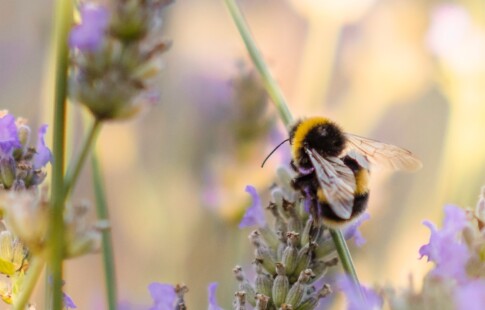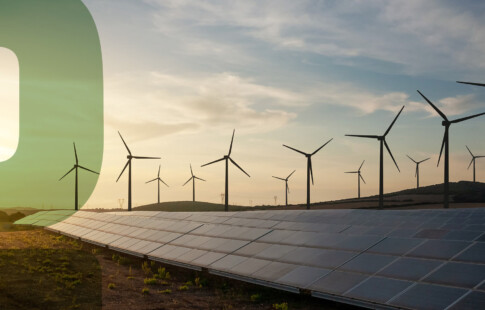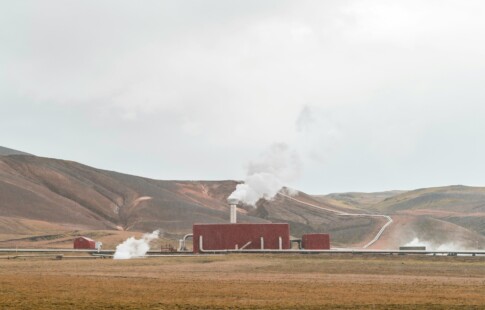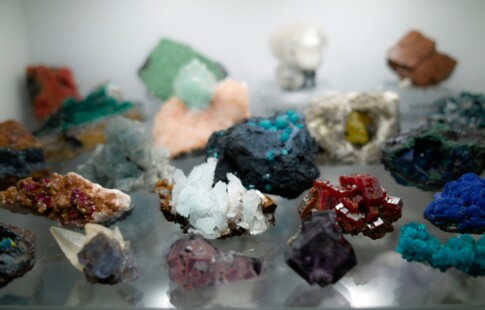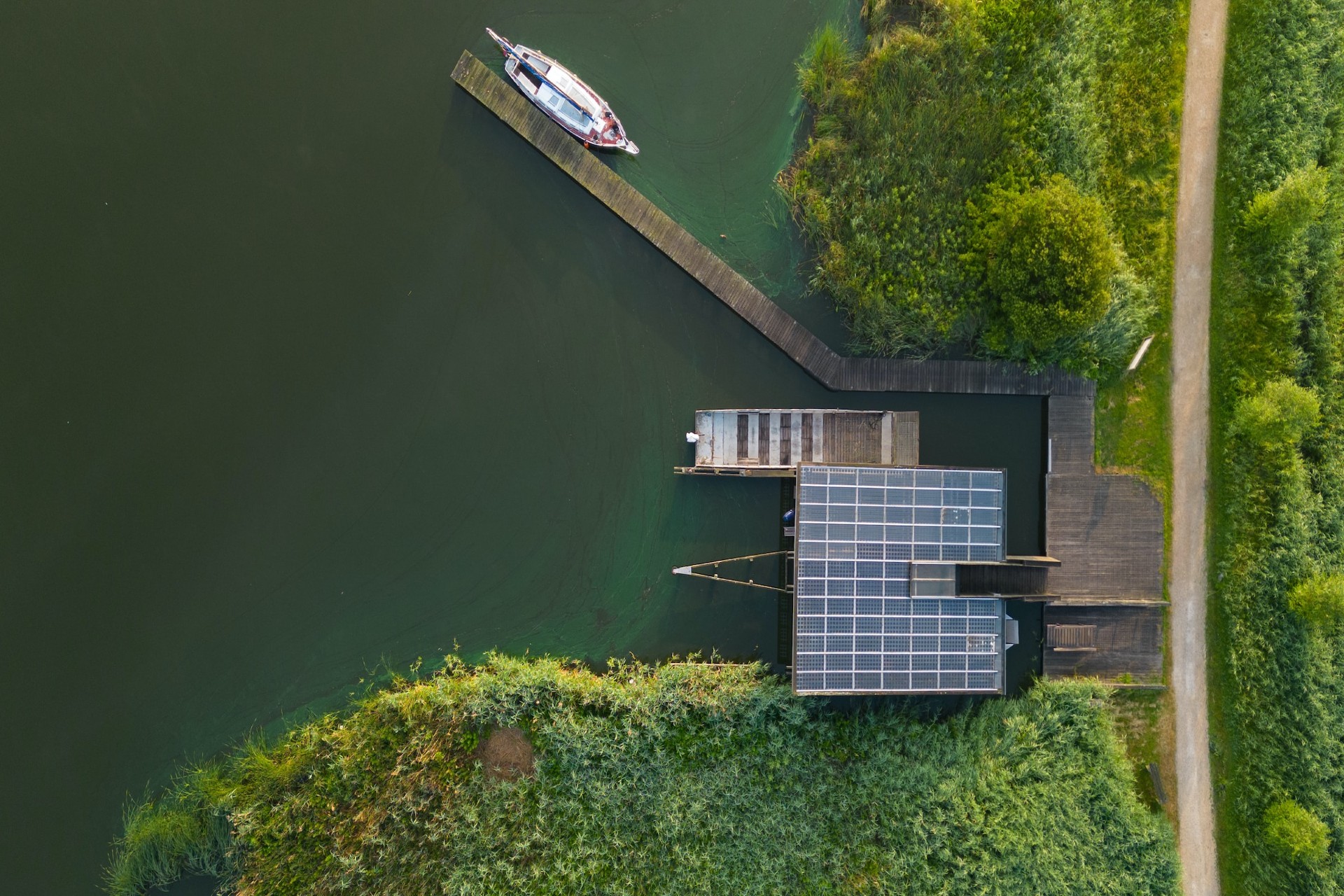
Debunking 7 Myths About PV Panels
We are reader-supported. When you buy through links on our site, we may earn affiliate commission.
If you’re considering getting photovoltaic panels — also called solar or PV panels — you might have heard they’re expensive, unreliable, or even bad for your health. But how much of that is true? Are PV panels really worth it? Here’s a closer look at common myths about going solar.
Myth 1: Your Power Will Go Out at Night
It’s true that solar panels don’t actively generate electricity at night — after all, they need sunlight to work! However, unless you’re completely disconnected from the grid and lack a backup battery for storage, your power will stay on at night. It will also work during cloudy, rainy or snowy weather.
If you’re connected to the grid, your power company will supply your home with power when your PV panels are offline. You pay the utility company to ensure you can keep the lights on even when you aren’t actively generating power.
If you have a solar storage battery, the PV panels will charge it up during the day and you’ll rely on battery power at night. So, thankfully, solar panels are reliable in all types of weather and during different times of day.
Myth 2: Solar Is Too Expensive
In 2023, the average cost of solar panel installation is $16,000, but it can be as low as $3,500. It all depends on how many panels you need, where you live, and whether there are any government incentive programs in place to help you.
In South Dakota, for example, the average cost of a 6-KW system with a 26% federal tax credit in place is $10,016. Homeowners can save an average of $1,623.52 per year on their energy bills. In just over six years, homeowners typically break even on their investment, at which point they can start saving thousands of dollars over their lifetimes.
Myth 3: PV Panels Damage the Roof
The main scenario in which PV panels could damage a roof is if the roof already needed major repairs. But rooftops can hold a lot of weight — after all, people have to walk across them during installation. Solar panels are specifically designed for rooftop installations and are not overly heavy.
Another unusual situation in which solar panels could damage a roof would be if you had a wooden or slate roof. These materials typically do not support PV installations.
However, solar installation companies perform careful evaluations of a roof before installing panels on it. They only install solar panels on roofs that can withstand the extra weight. Therefore, PV panels do not cause damage under normal circumstances.
Myth 4: Installation and Maintenance Is Complicated
You can hire a professional solar company to cover the installation process. In fact, it’s a good idea to do so. Installing PV panels requires working with live wires and power tools on a surface high above the ground. Therefore, the installation process is simple for most homeowners because it’s standard to hire someone to help.
Solar panels require little upkeep from homeowners. Around once a year, you should remove dust, leaves and other debris that could otherwise block sunlight. All it takes is a soft cloth and some water to wipe the surface clean. Doing this will keep your PV panels functioning at their best. There are also professional companies that clean PV panels.
With proper maintenance, solar panels typically last 25 to 30 years before seeing any performance issues. Rooftop-mounted Internet of Things (IoT) monitoring systems can also alert you if they detect a problem with the solar panels. You can even use them to track how much energy the panels generate.
Myth 5: Rooftop PV Panels Harm Wildlife
Solar farms — which consist of hundreds or even thousands of PV panels on the ground — can, indeed, harm wildlife if they’re built in ecologically sensitive areas. They often require cleared land free of thick vegetation. Plus, the way they shade the ground can affect plant growth underneath. The nighttime lighting of solar farms can also create light pollution that disrupts animal behavior.
However, rooftop PV panels are harmless to wildlife. They occupy an already-developed space naturally devoid of plants, so they aren’t changing the surrounding ecosystem. You’re just adding to an existing man-made structure.
Plus, solar panels are much better for the environment than burning fossil fuels to power homes, which is currently the standard in most of the world. They produce no emissions whatsoever, making them a clean way to power your home.
Myth 6: PV Panels Cause Cancer
One of the strangest myths about PV panels is that they can harm human health. Solar panels and transmission lines emit extremely weak electromagnetic fields, but this type of low-frequency radiation is harmless.
Perhaps the myth comes from the knowledge that some types of high-frequency radiation — such as from X-ray imaging — can, in fact, damage DNA and lead to cancer. But radiation falls along a spectrum, and exposure to low-level electromagnetic fields from things like solar panels, Wi-Fi, cell phones, and radios has no effect on human health.
Myth 7: PV Panels Lower Property Values
Not everyone is keen on the appearance of PV panels, especially when they’re installed on traditional or historic homes. However, just because some people aren’t a fan of the shimmering blue panels definitely does not mean they lower property values.
In fact, quite the opposite is true — solar panels usually increase the value of a home. The higher price accounts for the installation cost of PV panels and the lower energy bills that come with them. So, if you’re hesitant to install solar panels because you want to sell your home someday, now you know they’re actually a great investment.
Shedding Light on Solar Panels
As photovoltaic panels become more popular, it’s only natural that misconceptions will arise regarding their use. Thankfully, the most common myths about PV panels are simply untrue and are easy to clear up with a little reading. Solar panels are a green energy source with an overall positive impact on the environment, and they’re helping people around the world lower their carbon footprint.
Share on
Like what you read? Join other Environment.co readers!
Get the latest updates on our planet by subscribing to the Environment.co newsletter!
About the author

Steve Russell
Steve is the Managing Editor of Environment.co and regularly contributes articles related to wildlife, biodiversity, and recycling. His passions include wildlife photography and bird watching.
